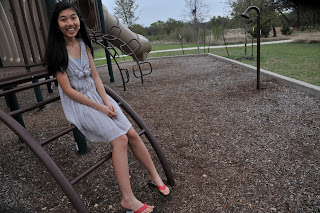By Light Stalking on
Farms are a great spot to get some great photographs, and while sheep aren’t usually held up as the most photogenic of subjects the results of shooting them really are up to the skill of the photographer. We think they can be as fun a subject as any other and this collection was certainly fun to put together too."
Okay so I'm not a fan of looking at sheep photos, but these were definitely amazing... I took a few and analyzed why the photo looks so cool, guessed at how the photographer got the effect. :)
| Monochrome effect, with barest hint of green; possible using Photoshop and decreasing vibrancy + increasing contrast |
| Err... natural beauty of landscape? :D + sharp contrast; grainy effect from exposure setting |
| Photo's proportions, 1/3 = grass; green hint shown in sheep fur (Are the sheep just green?) |
| Contrast between bright light (bottom half) with upper clouds: slight overexposure + upped contrast settings |
| Greyscale + high contrast, and a beast sheep facial expression (no pwn intended) |



























